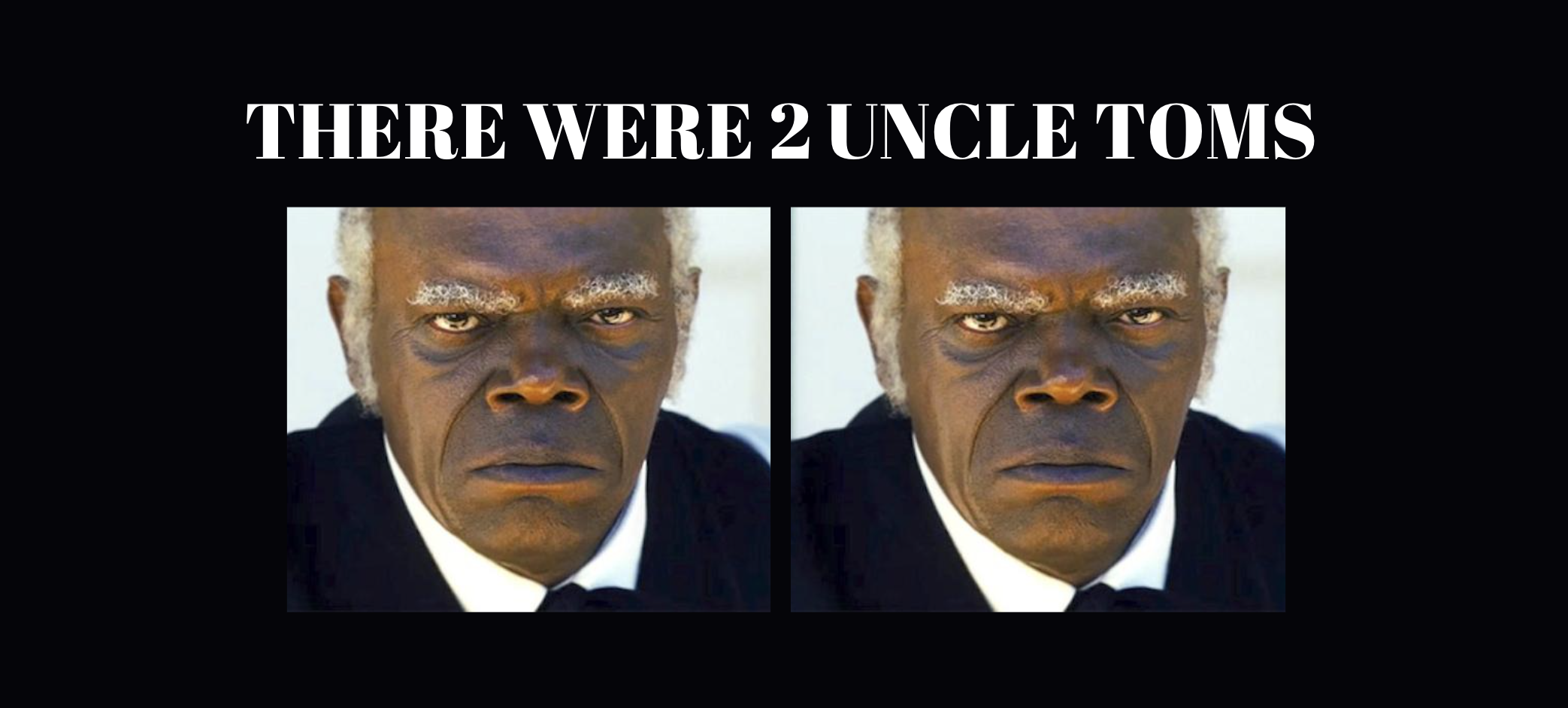A little bit of knowledge can go a long way in passing information that sounds good but is incomplete and may end up causing more harm. This is the case of the fictional character in “Uncle Tom’s Cabin,” a book written by Harriet Beecher Stowe in 1852. The book was an anti-slavery masterpiece and featured a good man called “Uncle Tom.” It was vivid in its denunciation of slavery and was written in response to the “Fugitive Slave Act,” which was a law used to catch escaped slaves or kidnap free African Americans who were residing in free states. According to the Britannica, “Uncle Tom’s Cabin tells the story of Uncle Tom, an enslaved person, depicted as saintly and dignified, noble and steadfast in his beliefs. While being transported by boat to auction in New Orleans, Tom saves the life of Little Eva, an angelic and forgiving young girl.”
The book was aimed at whites, since Blacks were not allowed to read, and most never even saw the book in the southern slave owning states. It was praised by northern whites and Black abolitionists but condemned in the South. In fact, when this book was ordered by someone in the South it was almost never delivered and was trashed by postal workers. The novel was not without criticism as it was written from a white point of view. “Richard Wright and James Baldwin, among other Black writers, had attacked it during the 1930s and ’40s. The term Uncle Tom also became an insult used to describe a Black person who shows subservience to whites or is otherwise considered complicit with oppression by whites.”
Here is the other Uncle Tom! Uncle Tom became known as being fair-minded toward slave masters and in the South was shown in black-faced minstrel shows as a sniffling puppet of white slave owners. The term “Uncle Tom” evolved and is not just the one from the novel. The “Uncle Tom” in the novel gave up his life to protect two Black women but this part of the story was left out in the southern media which changed him into a sellout over many years. This was the “Uncle Tom” that Blacks hated. The distorted “Uncle Tom” is the one that is hated and used to describe Clarence Thomas and others. Stowe’s readers, were subject to the whitewashed idea of “feeling right” which obscured the reality of slavery by turning Uncle Tom into a Black Christ. In this way, it would be palatable to the very low level of anti-racism that white abolitionists ascribed to. It was easy to condemn southern slavery while playing down white supremacy in the North. It requires more that “feeling right,” it required feeling absolute horror about the institution of slavery and that war was needed to end it.
In order to sell tickets at white supremacist minstrel shows, “Uncle Tom” became the other one that Black folks learn to hate. Hence, there were two Uncle Toms. Claiming we should not call sell outs “Uncle Toms,” because of the Beecher Stowe character, denies the “Uncle Tom” that Malcolm X and others are referring too. Both exist, and we must understand that in the modern world. A little bit of knowledge is dangerous. Harriet Beecher Stowe wrote a good anti-slavery novel but would later oppose paying blacks fair wages. The Beecher Stowe “Uncle Tom” cannot now be used to replace the fight against the other Uncle Tom. Therefore, I still use it when referring to sellouts as well as the term Sambo.





